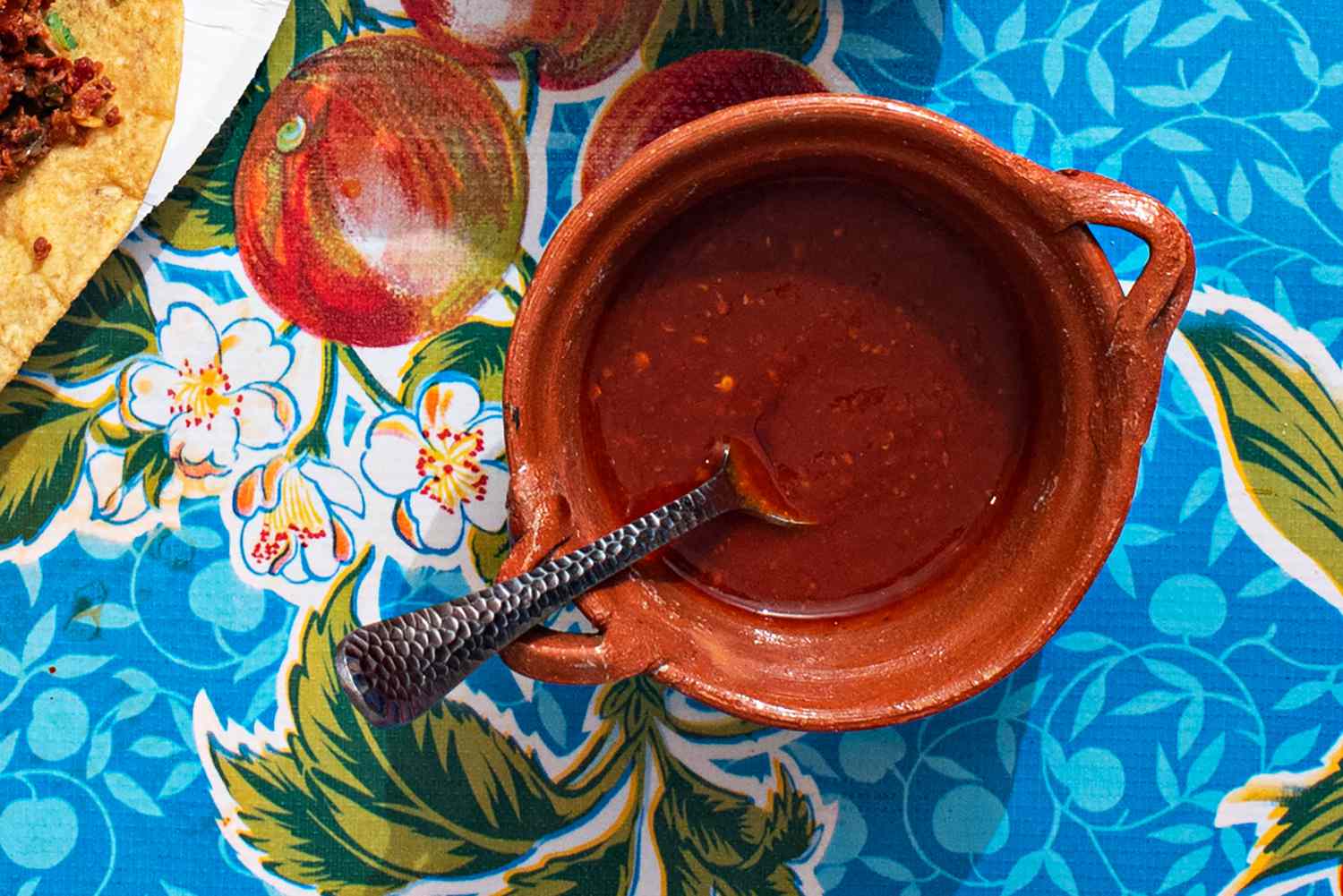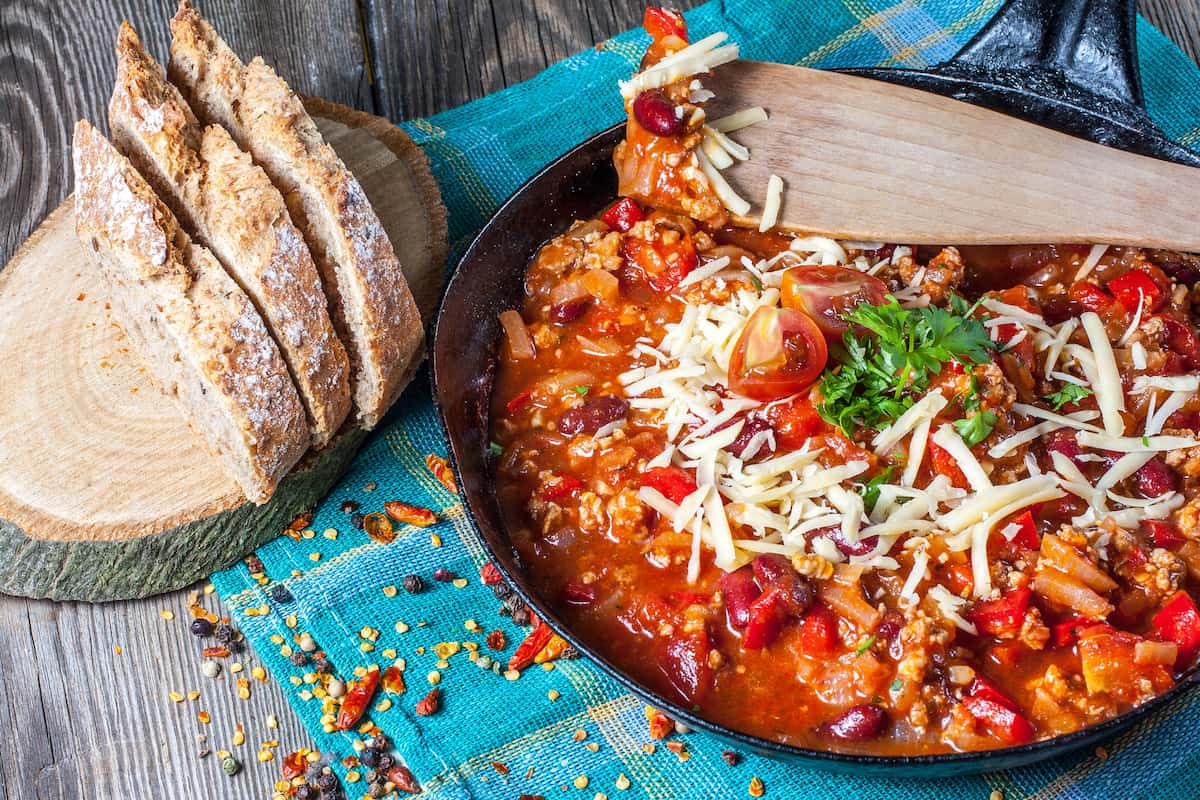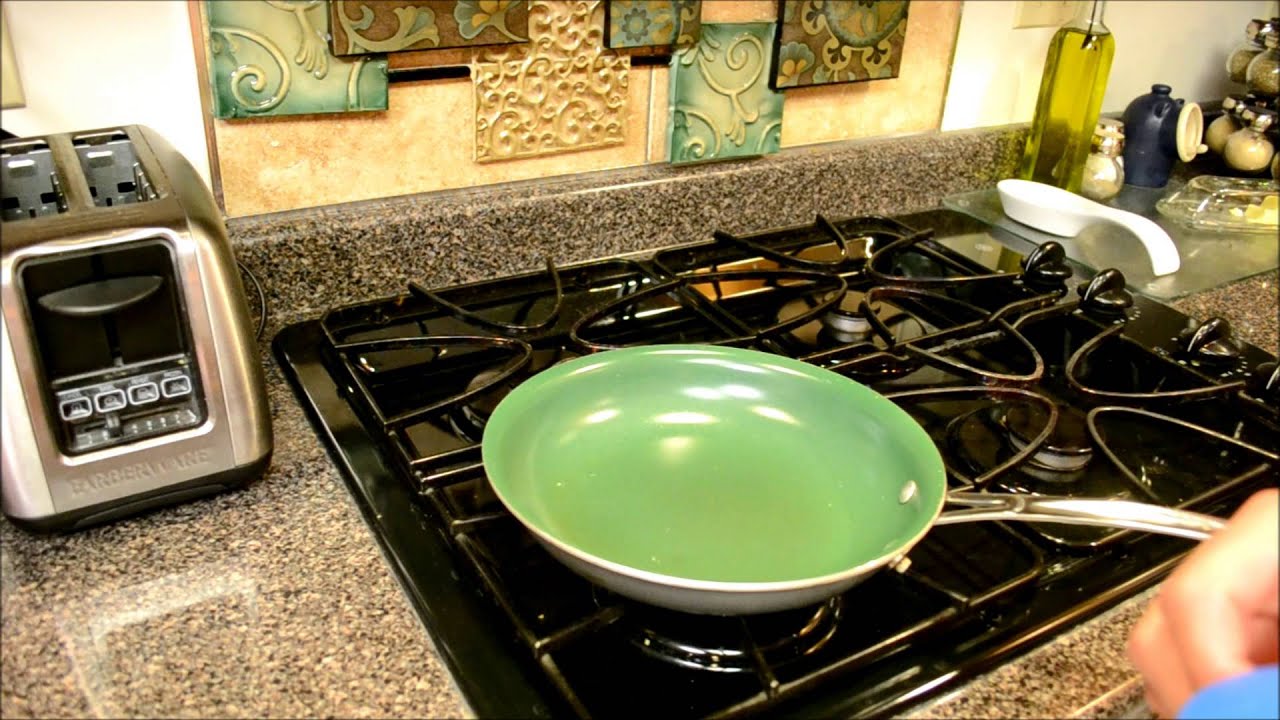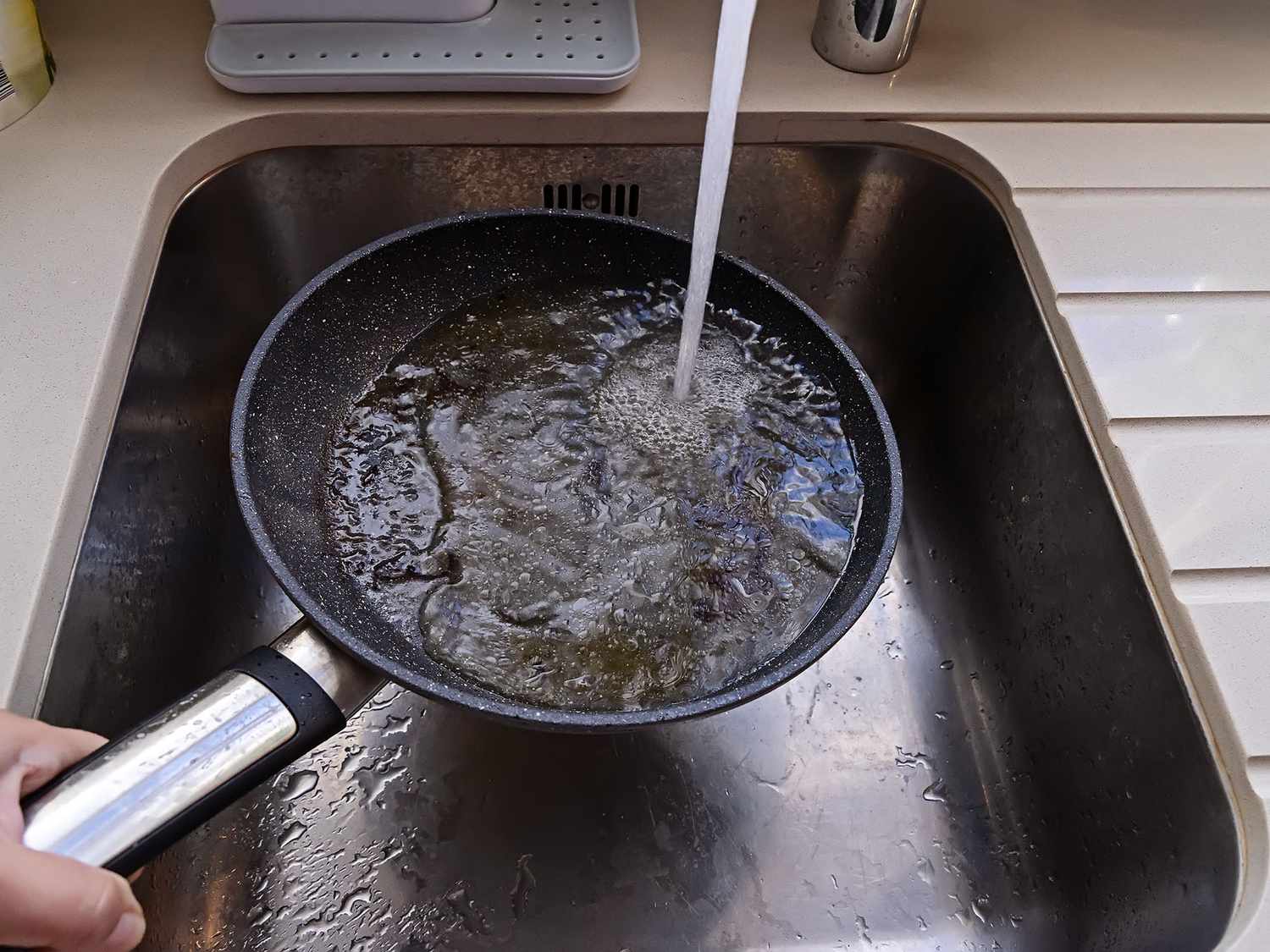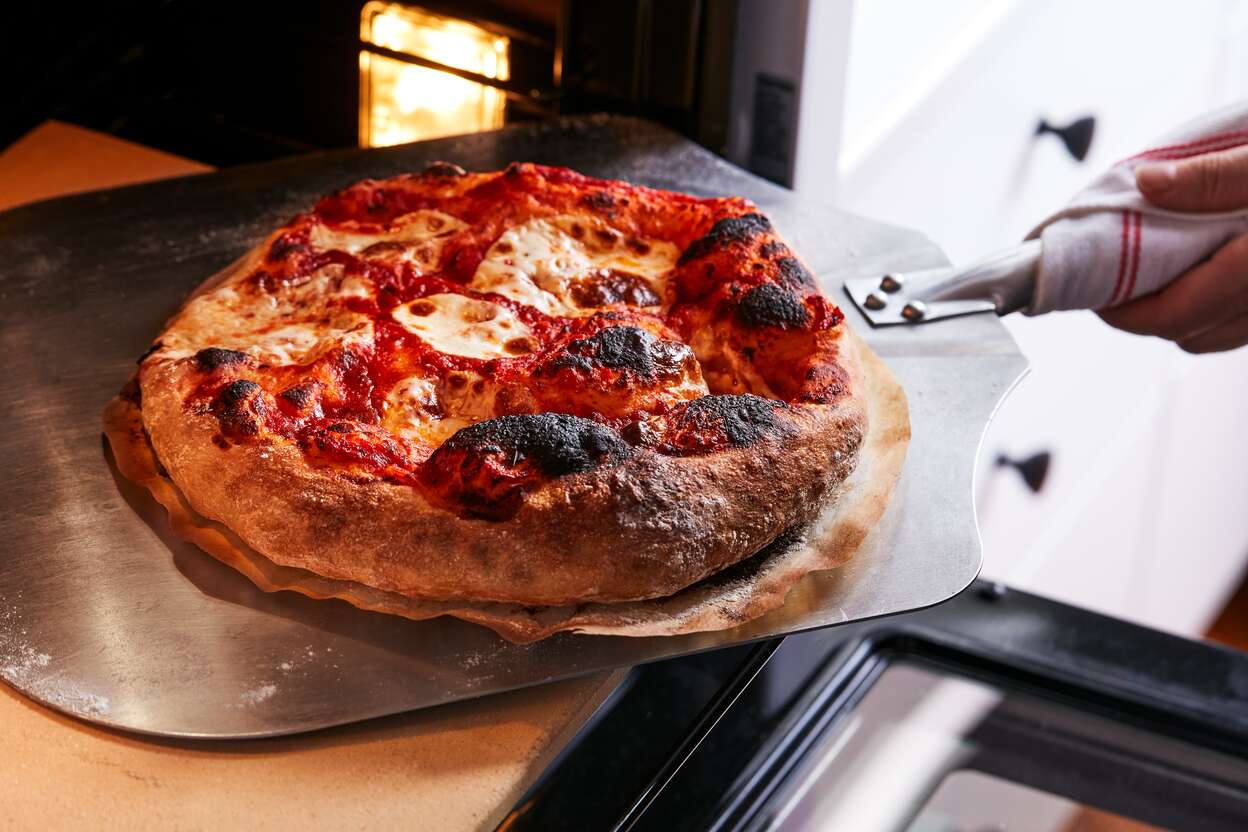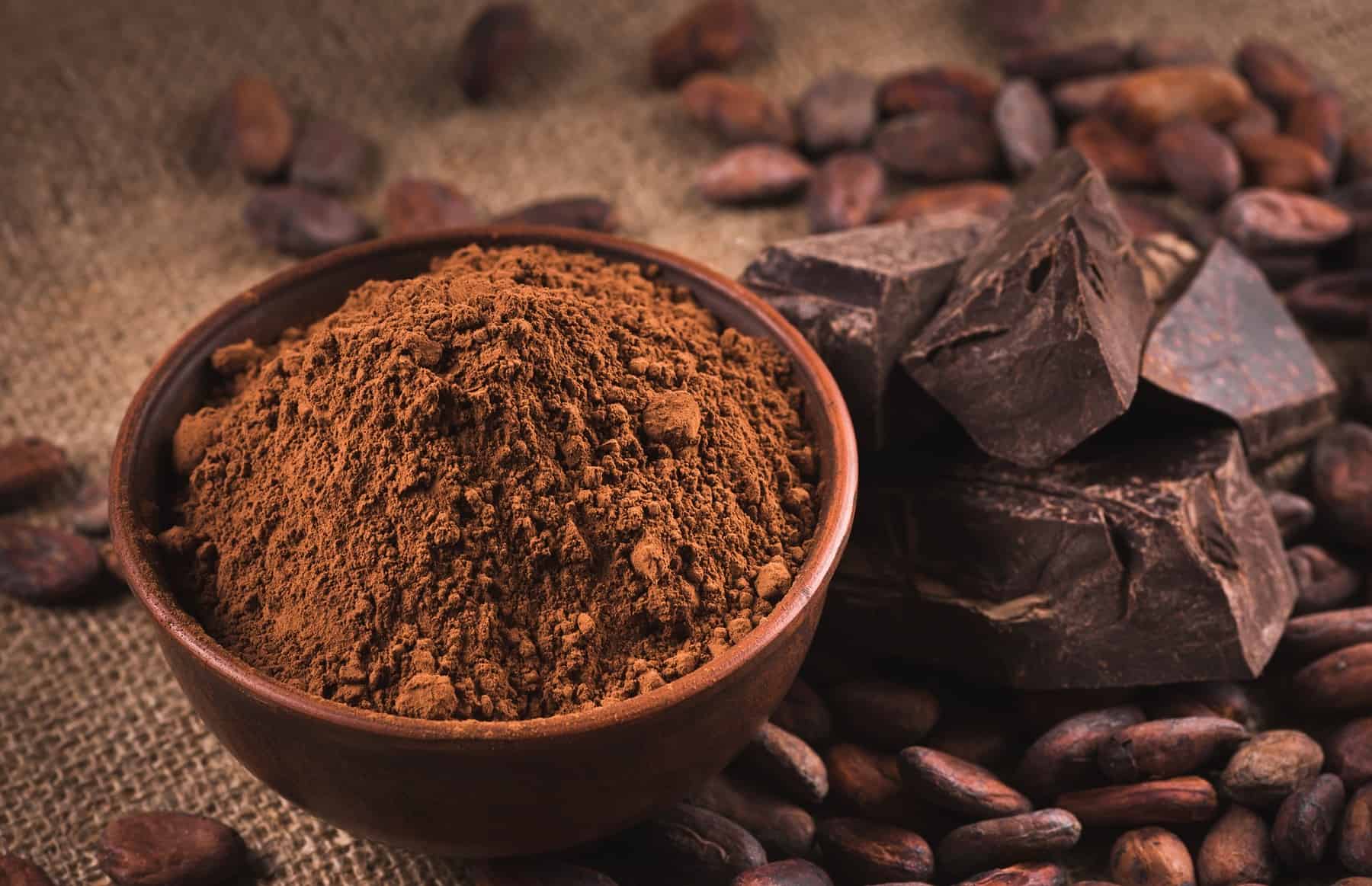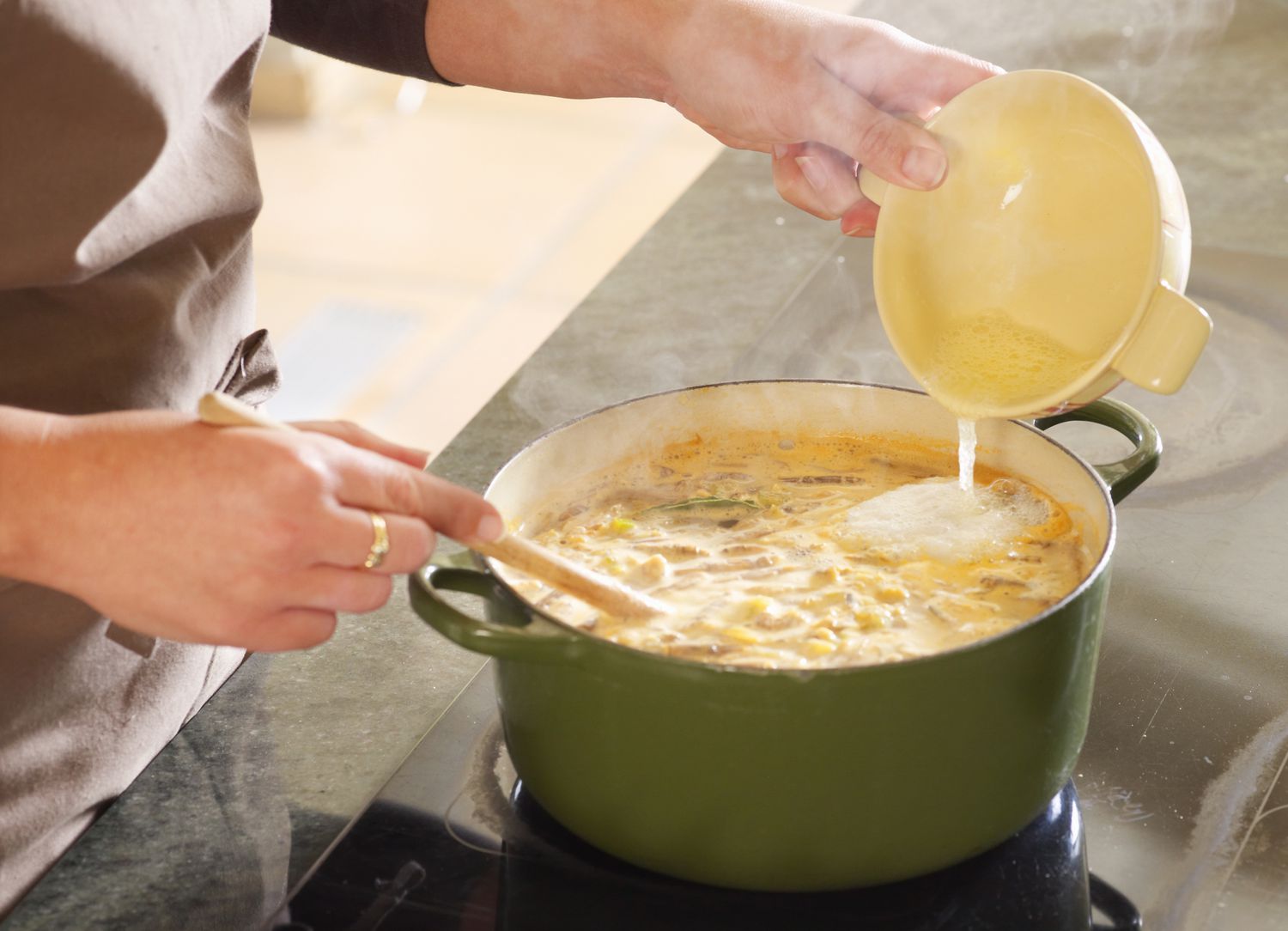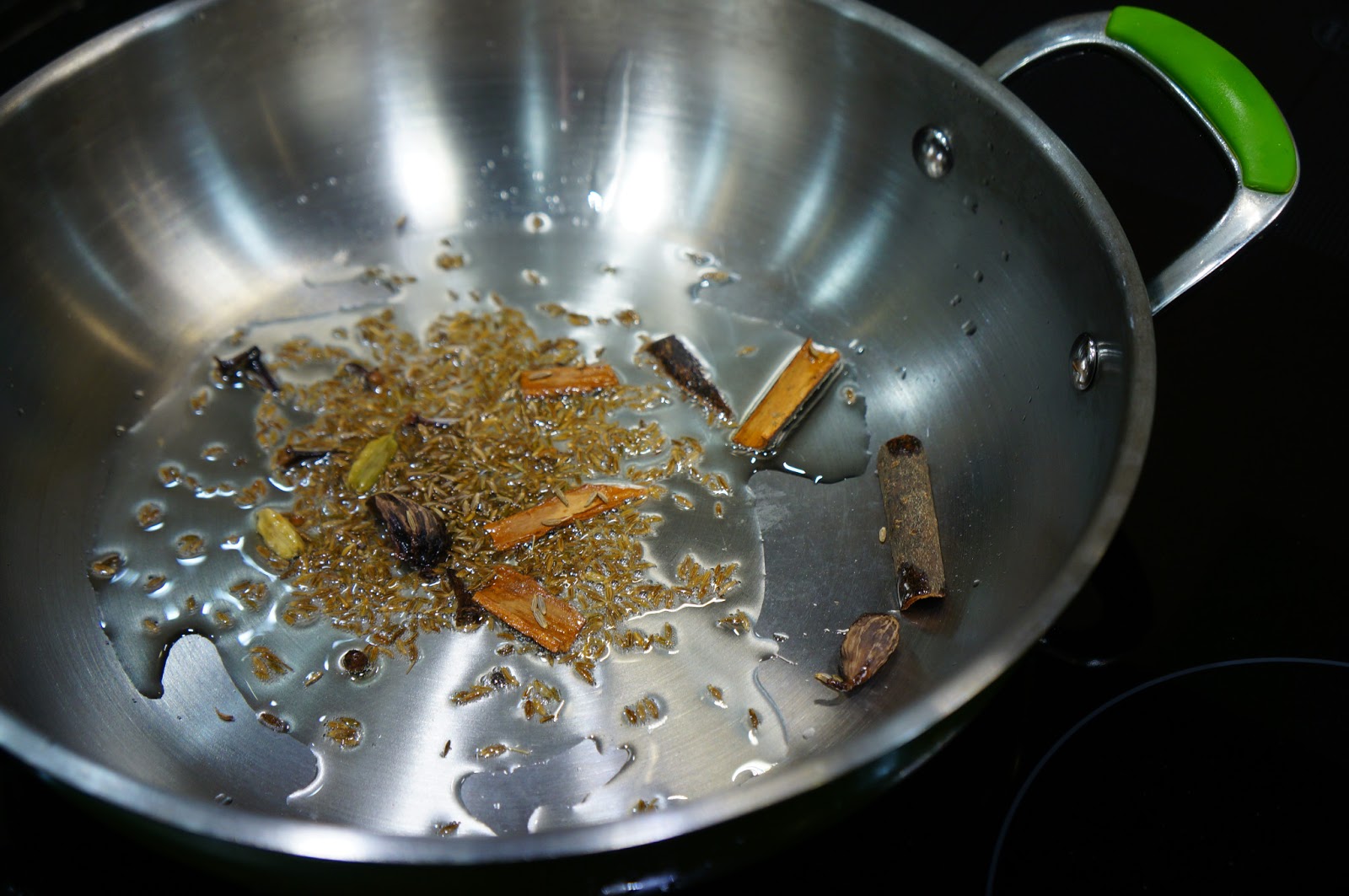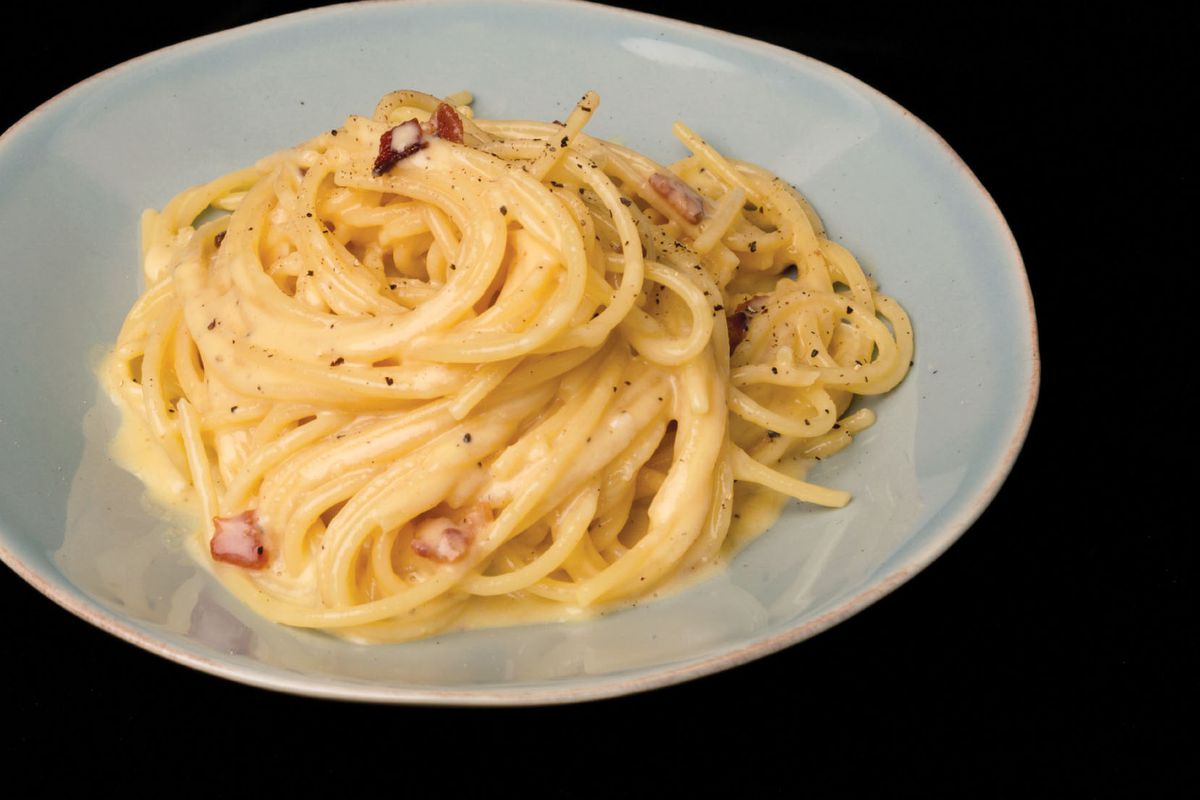Understanding Chili Heat
Chili peppers are a staple ingredient in many cuisines around the world. They add a kick of heat and flavor to dishes, but sometimes the heat can be overpowering. If you’ve ever taken a bite of a dish that was too spicy, you know how uncomfortable it can be. However, there are ways to temper the heat of chili peppers without sacrificing their flavor.
1. Choose the Right Chili Pepper
Not all chili peppers are created equal when it comes to heat. Some varieties, such as the Anaheim or Poblano peppers, are milder and can be a good choice if you want to add flavor without too much heat. On the other hand, Habanero or Scotch Bonnet peppers are known for their intense heat. By choosing milder peppers, you can control the level of spiciness in your dish.
2. Remove the Seeds and Membranes
The seeds and membranes of chili peppers contain most of the capsaicin, the compound responsible for their heat. By removing these parts, you can significantly reduce the spiciness of the peppers. When preparing the peppers, use a spoon to scrape out the seeds and membranes before incorporating them into your dish.
3. Balance with Sweetness
Sweet ingredients can help balance out the heat of chili peppers. Adding a touch of honey, sugar, or fruit juice to your dish can help counteract the spiciness. For example, in a spicy chili, adding a can of crushed pineapple can mellow out the heat and add a hint of sweetness.
4. Dairy to the Rescue
Dairy products, such as yogurt, sour cream, or cheese, contain casein, a protein that can help neutralize the heat from chili peppers. Including dairy in your dish, or serving it on the side, can provide relief for those who may find the spiciness too intense.
5. Add Starchy Ingredients
Starchy foods like rice, potatoes, or bread can help absorb and neutralize the heat of chili peppers. Including these ingredients in your meal can help temper the spiciness and make it more palatable for those with a lower tolerance for heat.
6. Go Nuts for Nuts
Nuts, such as peanuts or cashews, contain oils that can help counteract the heat of chili peppers. Adding a handful of nuts to your dish can not only add a delicious crunch but also help tame the fiery flavor of the peppers.
7. Time to Tame the Heat
By using these techniques, you can enjoy the flavor of chili peppers without being overwhelmed by their heat. Whether you’re cooking a spicy curry, a zesty salsa, or a fiery stir-fry, these methods will help you achieve the perfect balance of flavor and heat in your dishes.
Remember, the key to successfully tempering chili heat is to experiment and find the right combination of ingredients that work for your taste preferences. So, don’t be afraid to get creative in the kitchen and have fun exploring the world of chili peppers!
